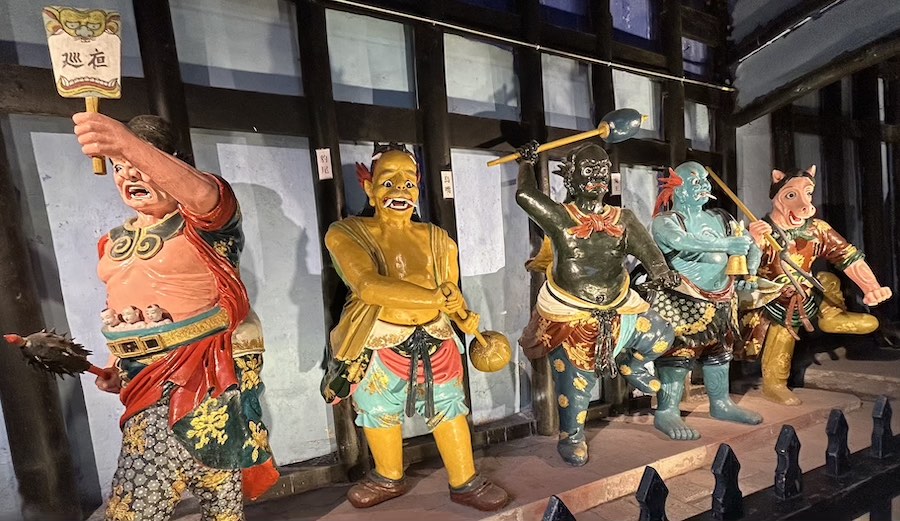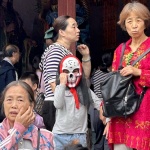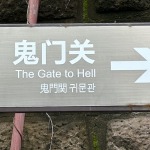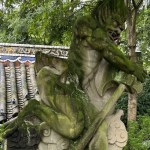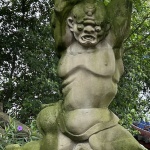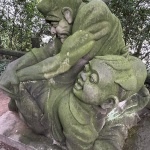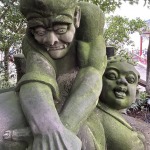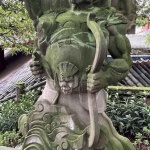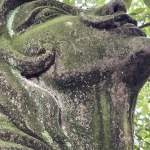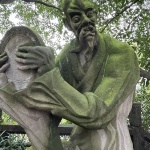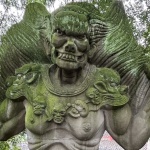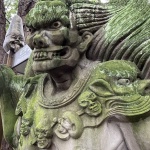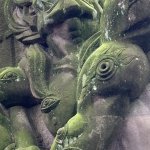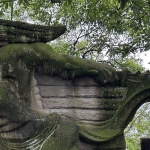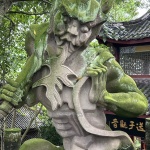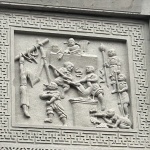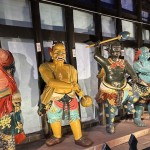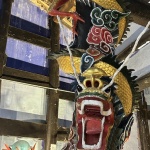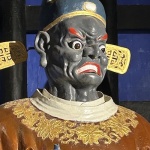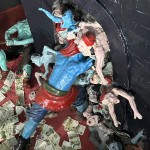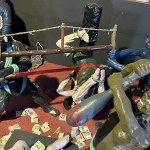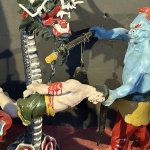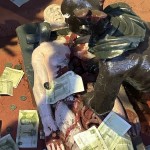Our friend and book reviewer Tom Bowden has been teaching technical writing in Shanghai since September. He has offered to share images and impressions from his stay in China. In this first installment, Bowden visits the hell gardens and lost soul museum of Fengdu: Ghost City.
A Trip to Ghost City by Tom Bowden
A few weeks ago, we took a trip to Fengdu, a city rumors claim is 2,000 years old. It’s about a two-hour drive outside of Chongqing, a city of 25 million people in central China. Both Fengdu and Chongqing lie along the Yangtze River. Fengdu’s other name—“Ghost City”—came about 2,000 years ago after the founding of a temple that combined Chinese mythology with Buddhist spirituality, focusing on the judgment of souls and the torment of the sinful. Tianzi Palace, the site depicting the judgment and torture, is about 300 years old, although parts of it had to be reconstructed after members of Mao’s Red Guard destroyed them during the Cultural Revolution.
Compared to other Buddhist sites I’ve been to, it was odd experiencing explicit, gleeful depictions of torture from a religion I had thought of as one devoted to serene tranquility. Surprise! Growing up in the ‘60s and ‘70s with lots of low-budget Japanese monster and horror movies to watch on grainy UHF channels, I found that Ghost City’s demons who torture sinful souls have a familiar look to them as well as a kitschy garishness that, 300 years ago, probably wasn’t there and instead did well at scaring people straight rather than making them giggle. At any rate, those of us taught by Dante to view simony with disdain will puzzle over the cash surrounding the demons, thrown in by tourists looking to mitigate (or even eliminate) their future flensing with payoffs to the underworld as a sign of good faith. But there it is. Apart from that, who doesn’t enjoy the bad guys finally getting what they deserve?

